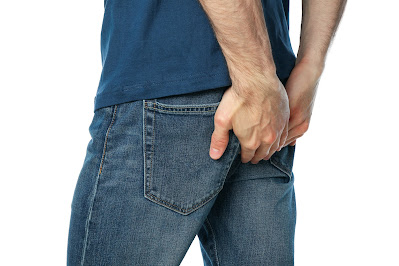Biliary Atresia: Causes, Symptoms, and Treatment
Biliary atresia is a rare but serious liver disease that affects infants, causing bile flow obstruction. This condition can lead to severe liver damage and requires timely medical intervention. As Dr. Jayanth, the best gastrosurgeon in Somajiguda, Secunderabad, emphasizes, early diagnosis and treatment are crucial for managing biliary atresia effectively.
What is Biliary Atresia?
Biliary atresia is a condition where the bile ducts, responsible for transporting bile from the liver to the intestines, become blocked or absent. This blockage leads to bile buildup in the liver, causing inflammation, damage, and scarring (cirrhosis). Without treatment, biliary atresia can progress to liver failure.
Causes of Biliary Atresia
The exact cause of biliary atresia is unknown, but possible factors include:
Congenital defects – The bile ducts may not develop properly before birth.
Viral infections – Certain infections during infancy may trigger bile duct inflammation.
Autoimmune response – The body's immune system may mistakenly attack bile ducts.
Genetic factors – Some genetic mutations may contribute to the condition.
Symptoms of Biliary Atresia
Symptoms typically appear within the first few weeks of life and may include:
Jaundice – Persistent yellowing of the skin and eyes after birth.
Pale stools – Light-colored stools due to lack of bile.
Dark urine – Excess bilirubin in the urine.
Swollen abdomen – Due to liver enlargement and fluid buildup.
Poor weight gain – Inability to absorb nutrients properly.
Diagnosis of Biliary Atresia
Early diagnosis is crucial for effective treatment. Common diagnostic procedures include:
Blood tests – To assess liver function and bilirubin levels.
Ultrasound – To examine bile duct structure.
HIDA scan (Hepatobiliary Iminodiacetic Acid scan) – To check bile flow.
Liver biopsy – To analyze liver tissue for scarring and inflammation.
Treatment for Biliary Atresia
There is no known cure for biliary atresia, but treatments focus on managing symptoms and preventing liver damage.
1. Kasai Procedure
A surgical treatment where the damaged bile ducts are replaced with a segment of the small intestine.
This procedure is most effective if performed before 8 weeks of age.
2. Liver Transplant
If the Kasai procedure fails or liver damage progresses, a liver transplant becomes necessary.
A new, healthy liver is transplanted to restore normal bile flow.
Post-Treatment Care and Management
After surgery, continuous monitoring and supportive care are essential:
Nutritional support – High-calorie and vitamin-rich diet to promote growth.
Medications – Antibiotics, bile acid supplements, and steroids may be prescribed.
Regular check-ups – To assess liver function and overall health.
Why Choose Dr. Jayanth for Biliary Atresia Treatment?
As the best gastrosurgeon in Somajiguda, Secunderabad, Dr. Jayanth specializes in diagnosing and treating complex liver and biliary conditions. With advanced surgical expertise and compassionate care, Dr. Jayanth ensures the best possible outcomes for infants with biliary atresia.
Conclusion
Biliary atresia is a life-threatening condition, but with early diagnosis and timely intervention, affected infants can lead healthier lives. If your child exhibits symptoms of biliary atresia, consult Dr. Jayanth in Somajiguda, Secunderabad, for expert evaluation and treatment.
For appointments and consultations, visit Dr. Jayanth's clinic today!



.jpg)
Comments
Post a Comment